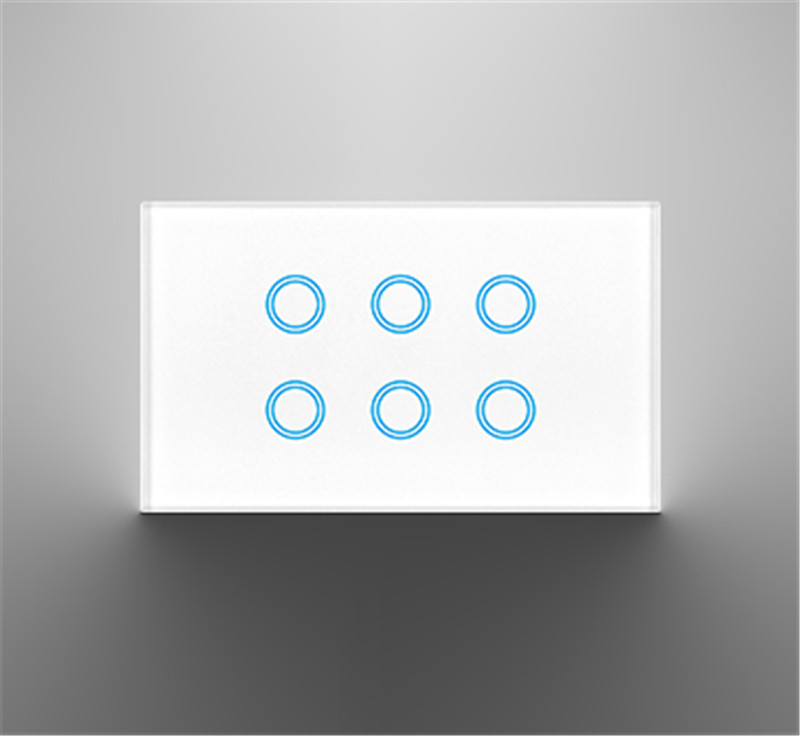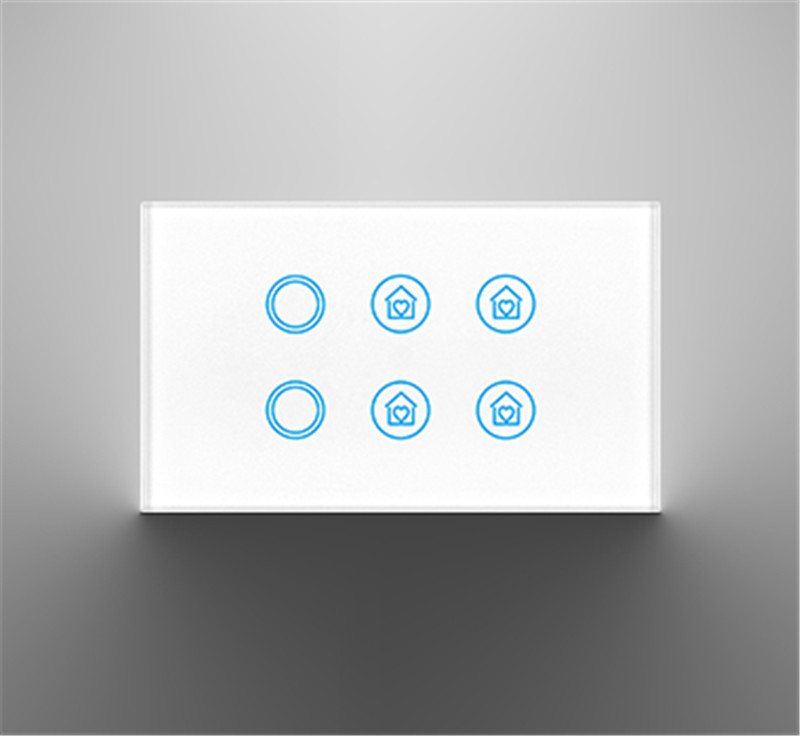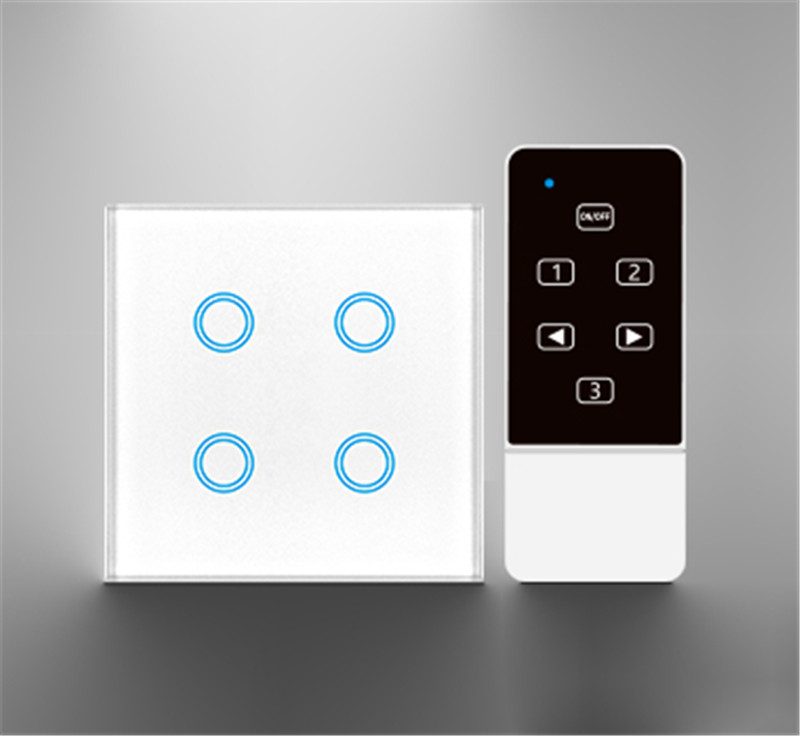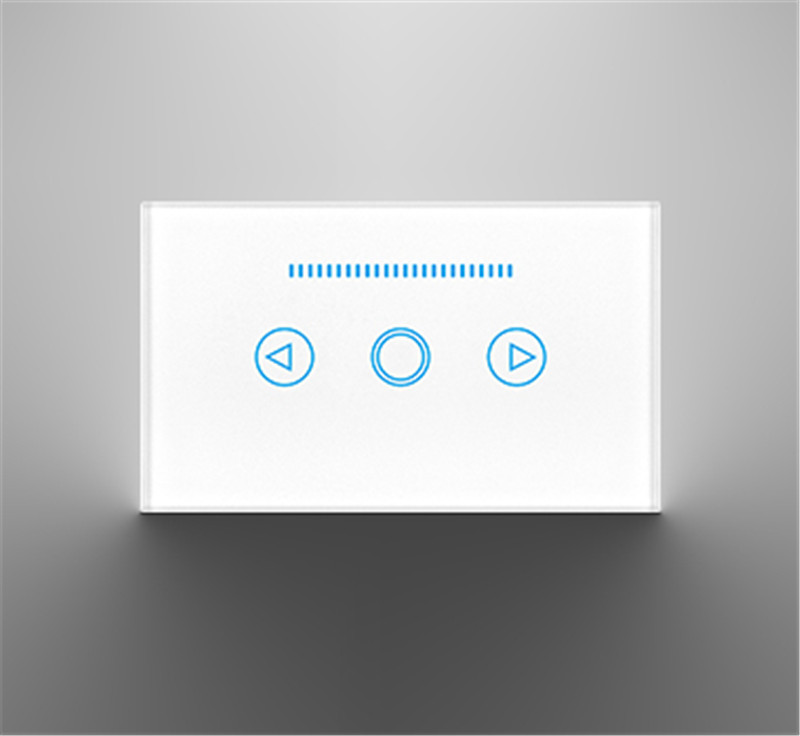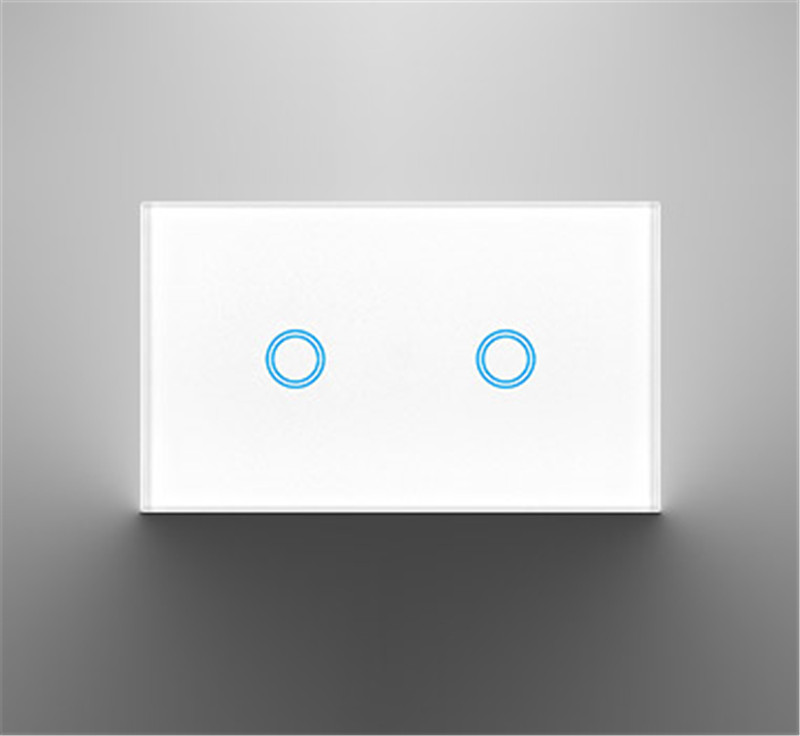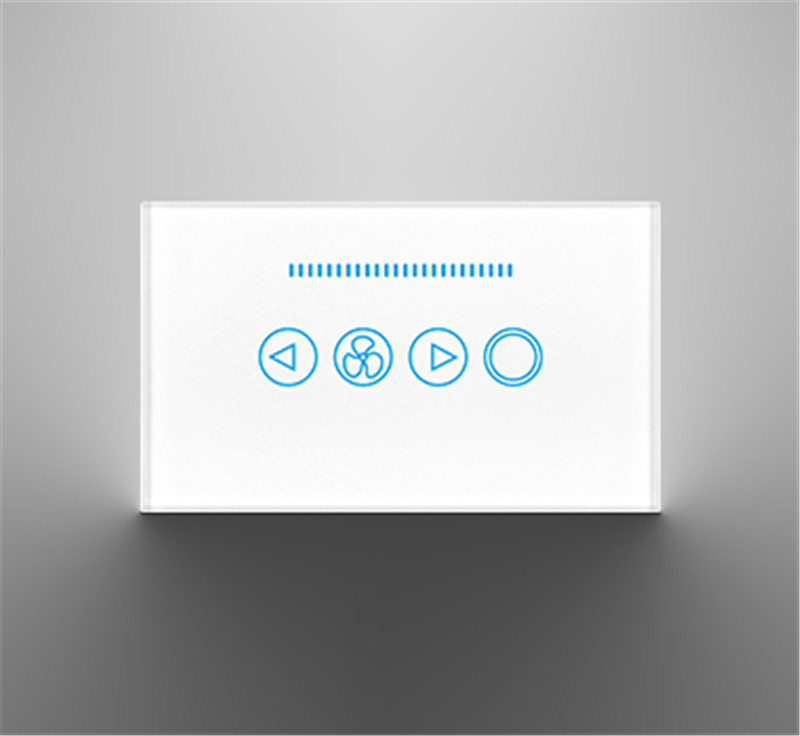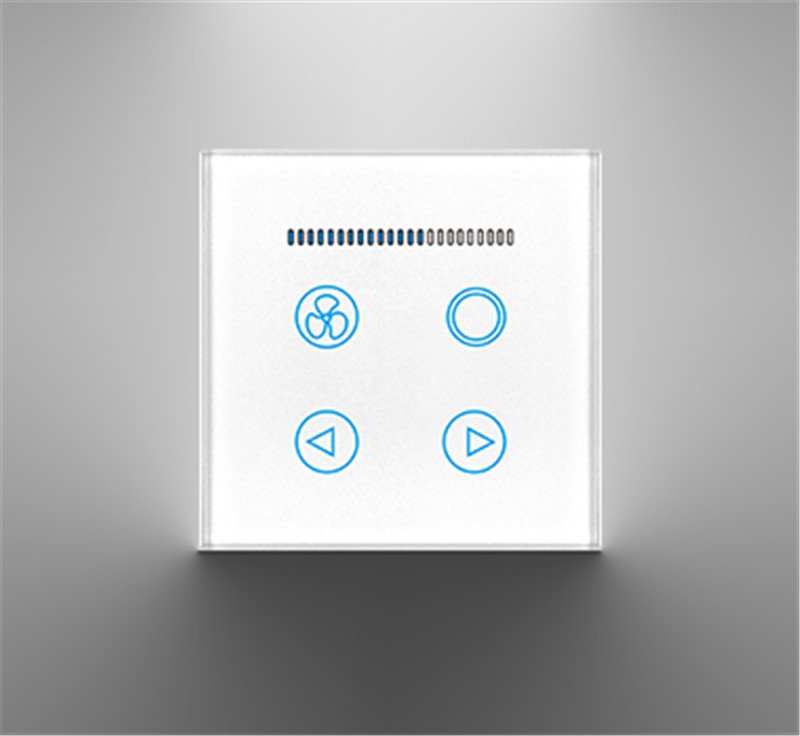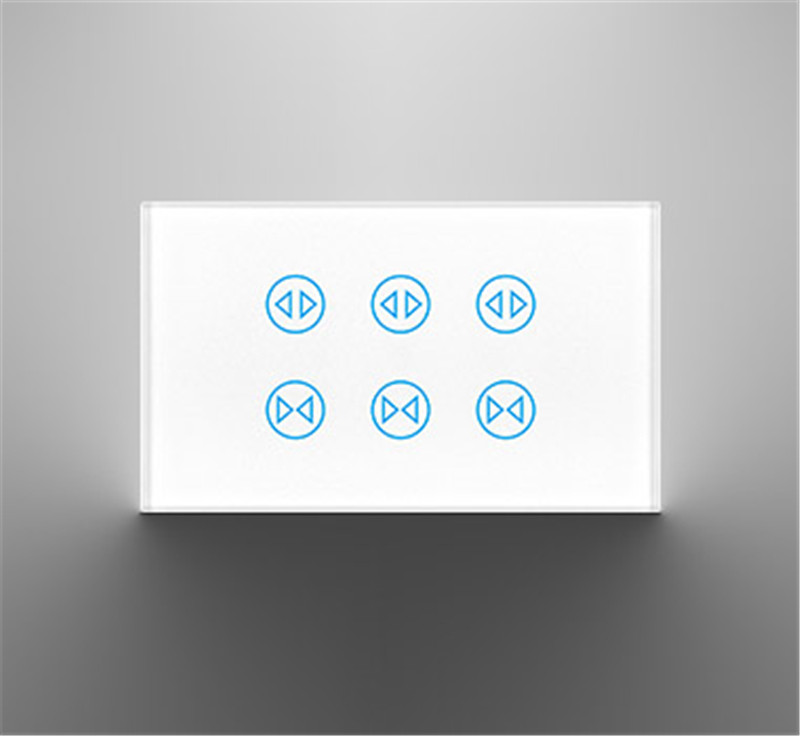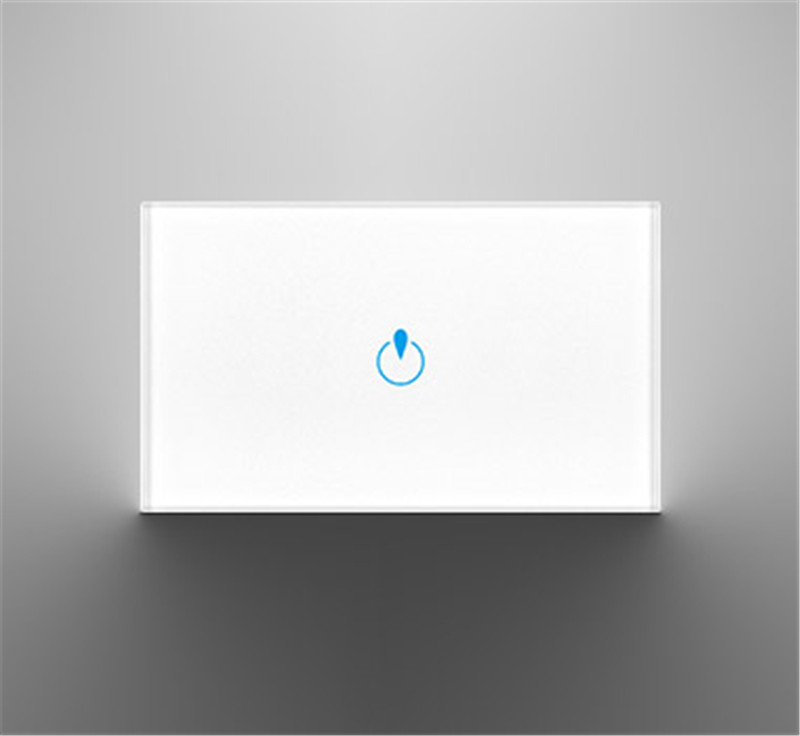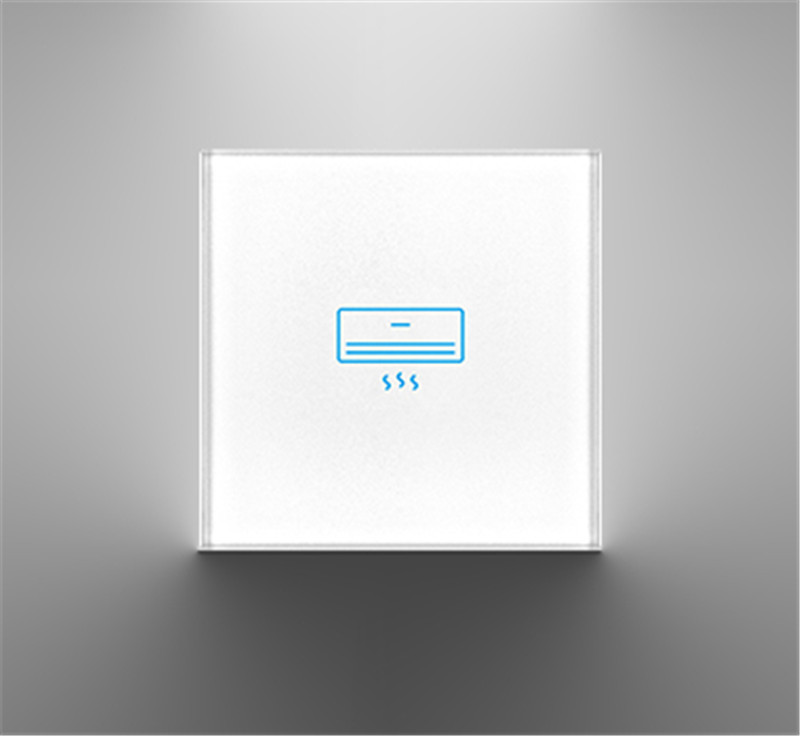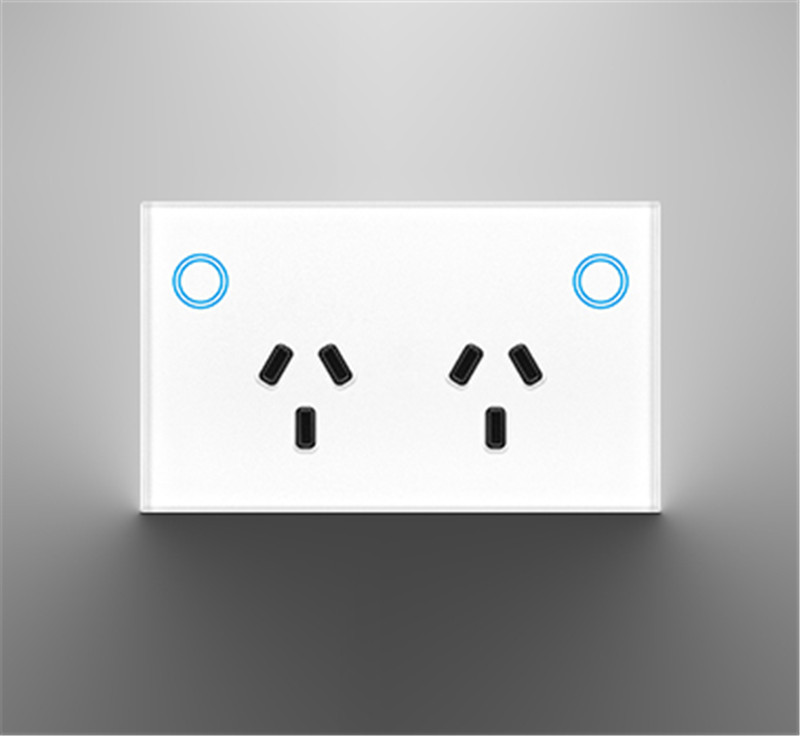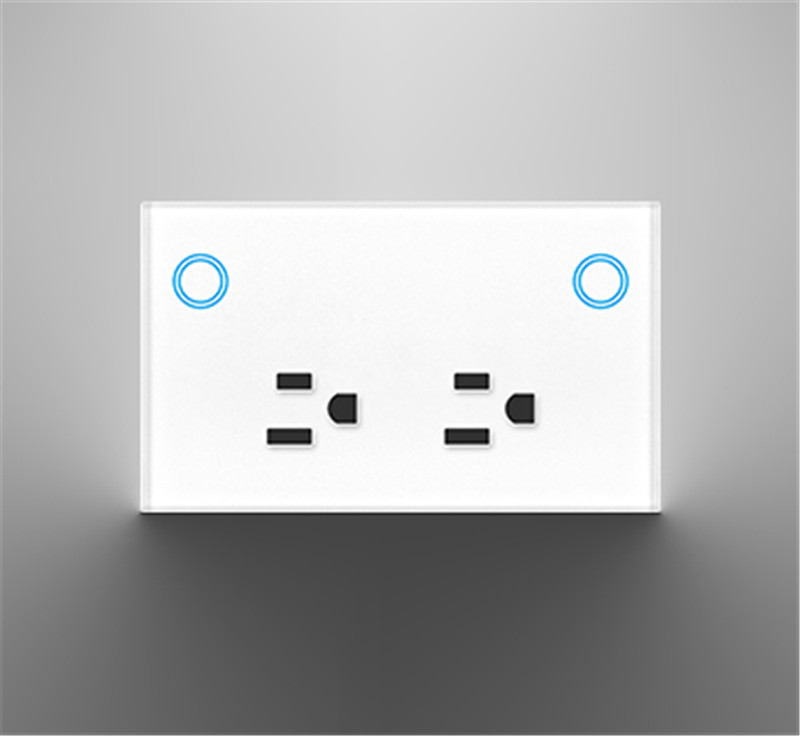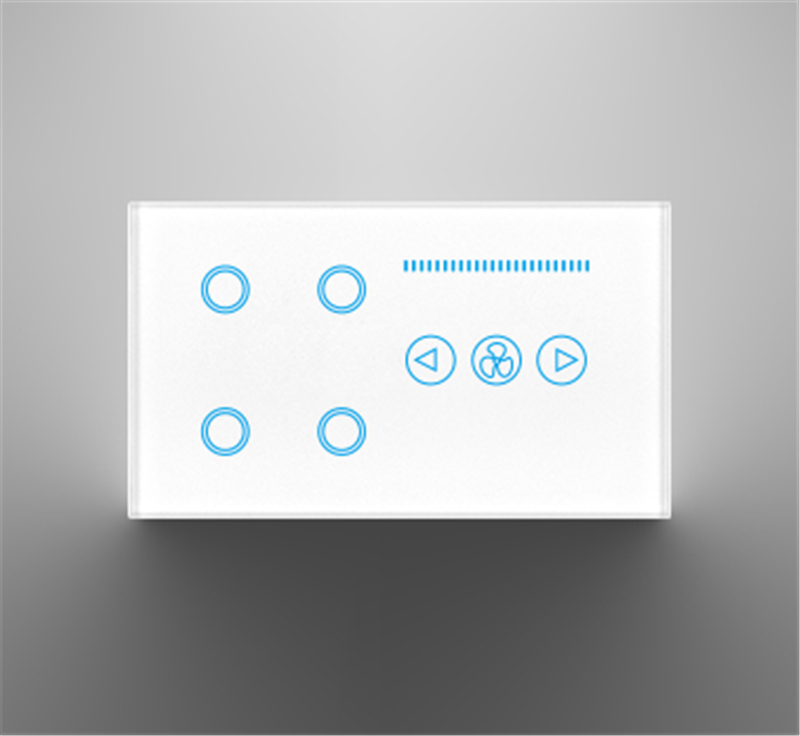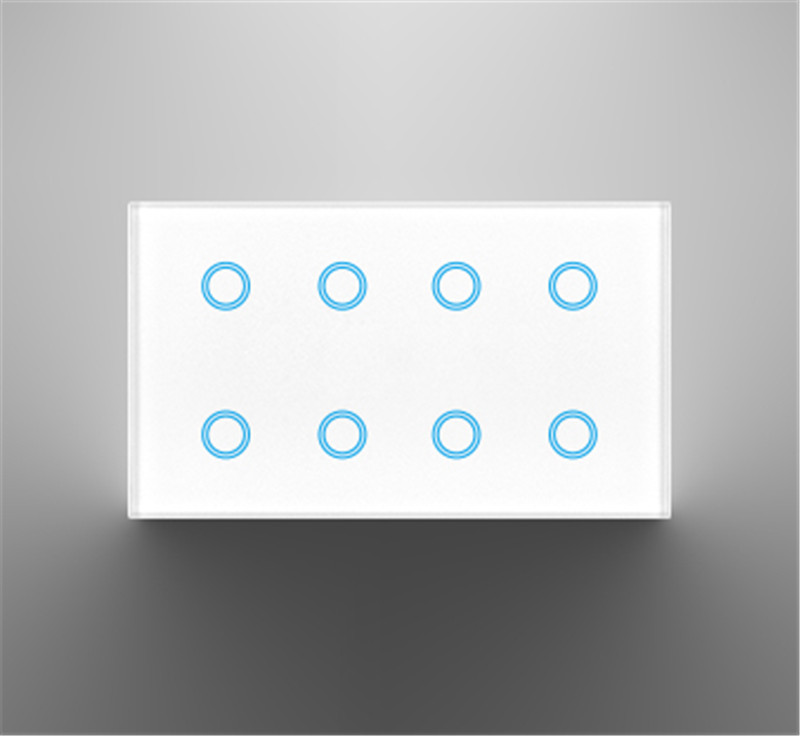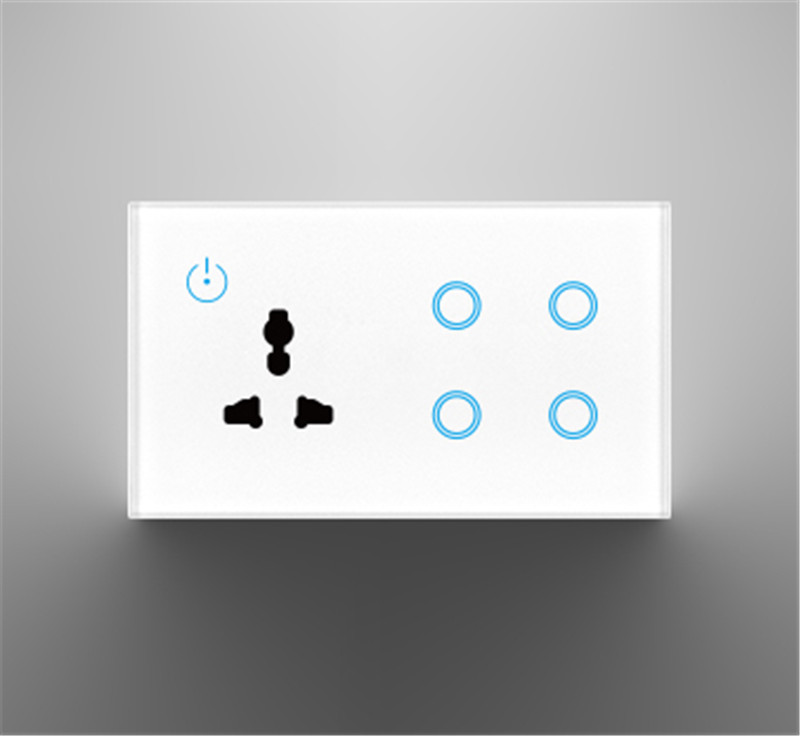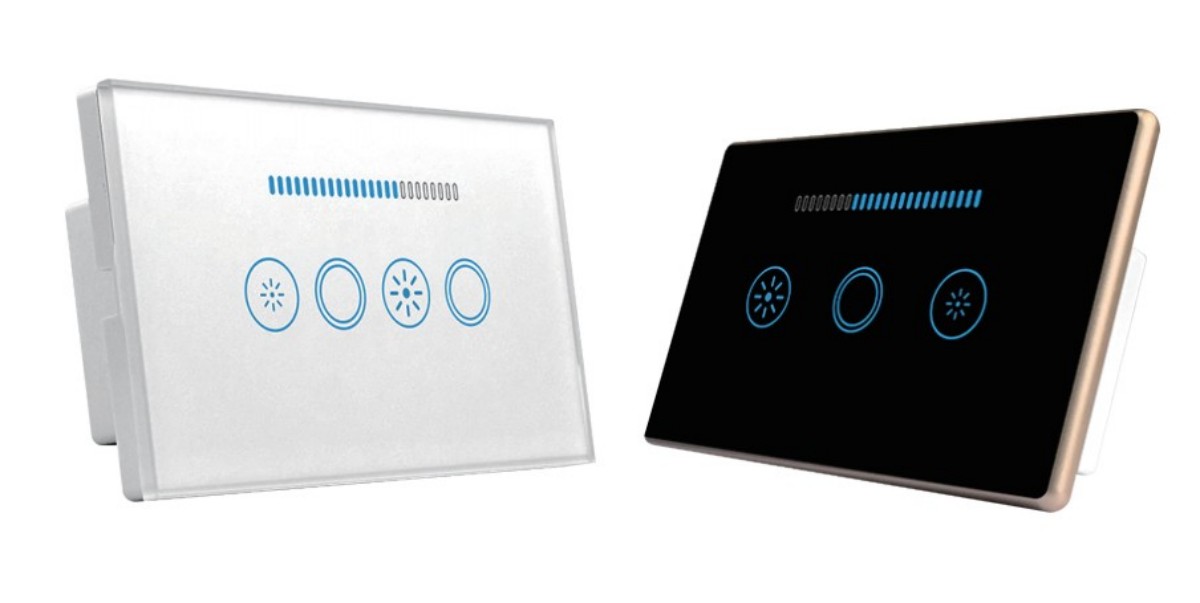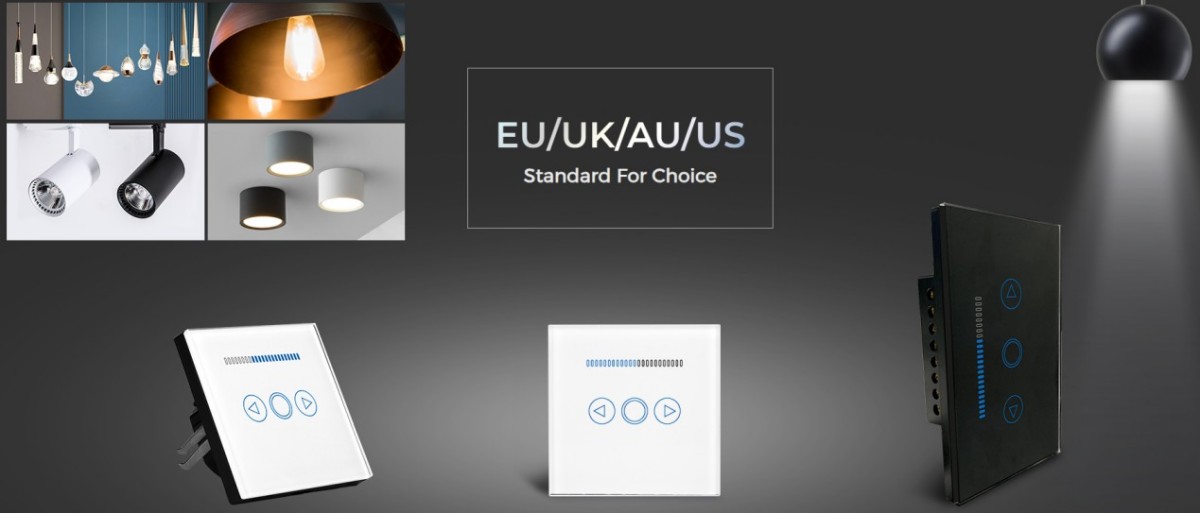Leading-edge dimming (leading-edge phase-cut dimming) and trailing-edge dimming (trailing-edge phase-cut dimming) are two phase-control-based dimming technologies,primarily used in LED lighting and traditional lighting systems.Below is a comparative analysis of the two dimmer technologies:
1.Working Principle
Leading-edge Dimming:
Voltage chopping occurs at the beginning of each half-wave of the AC cycle (phase 0°). By delaying the triggering of the thyristors’ conduction time (i.e., adjusting the conduction angle), the effective voltage across the load is controlled, thereby adjusting brightness. For example,the larger the delay in the triggering angle, the shorter the conduction time, and the lower the brightness.
Trailing-edge Dimming:
Voltage chopping occurs near the end of each half-wave of the AC cycle (phase 180°). By turning off the MOSFETs or IGBTs’ conduction time earlier, dimming is achieved.For example, the earlier the turn-off time, the lower the effective voltage, and the dimmer the light.
2.Core Components
Leading-edge Dimming:
It uses thyristors (SCR/Triac) as switching devices, which are semi-controlled devices (can only control conduction, not actively turn off).
Trailing-edge Dimming:
It uses MOSFETs or IGBTs as switching devices, which are fully-controlled devices (can actively control both conduction and turn-off).
3.Performance Comparison
| Feature | Leading-edge Dimming | Trailing-edge Dimming |
| Dimming Range | Wide (but may not fully turn off at low brightness) | Relatively narrow, but more stable |
| Compatibility | Requires matching with thyristor dimming systems and has minimum load requirements | No minimum load requirements, suitable for low-power devices |
| Flicker & Noise | Prone to electromagnetic interference and low-frequency flickering | Low noise, smooth dimming |
| Turn-off Capability | May leave a weak residual current (LED glow issue) | Can fully turn off, no residual current |
| Cost & Complexity | Low cost, simple circuit, compatible with traditional wiring | High cost, complex circuit |
4.Summary of Pros and Cons
Leading-edge Dimming Pros:
Low cost, mature technology, compatible with existing thyristor dimming systems (e.g., traditional incandescent dimmers).
Leading-edge Dimming Cons:
May cause LED flickering, electromagnetic interference, and may not fully turn off under low loads.
Trailing-edge Dimming Pros:
Smooth dimming, no flickering, supports capacitive loads (e.g., LED drivers), and can fully turn off.
Trailing-edge Dimming Cons:
Higher cost, lower market penetration, mostly used for low-power single-lamp dimming.
5.Application Scenarios
Leading-edge Dimming:
Suitable for traditional lighting retrofit projects (e.g., replacing incandescent bulbs) and high-power commercial lighting systems (must meet minimum load requirements).
Trailing-edge Dimming:
Suitable for low-power LED lamps (e.g., desk lamps, household single lamps) and scenarios requiring high dimming quality (e.g., museums, hotels).
6.Technology Development Trends
Leading-edge dimming remains dominant in the market due to its cost advantages, but trailing-edge dimming is gradually gaining traction in high-precision dimming applications.But both need to pay attention to driver compatibility, as mixing them may lead to dimming failure or device damage.
7.Conclusion
Leading-edge dimming and trailing-edge dimming each have their pros and cons and are suitable for different application scenarios. Leading-edge dimming is cost-effective and compatible, making it ideal for traditional lighting retrofits and high-power systems. Trailing-edge dimming offers smooth, flicker-free dimming and is suitable for low-power and high-precision dimming needs. As technology advances, the application of trailing-edge dimming in high-precision dimming fields will gradually increase.
Post time: Mar-26-2025

